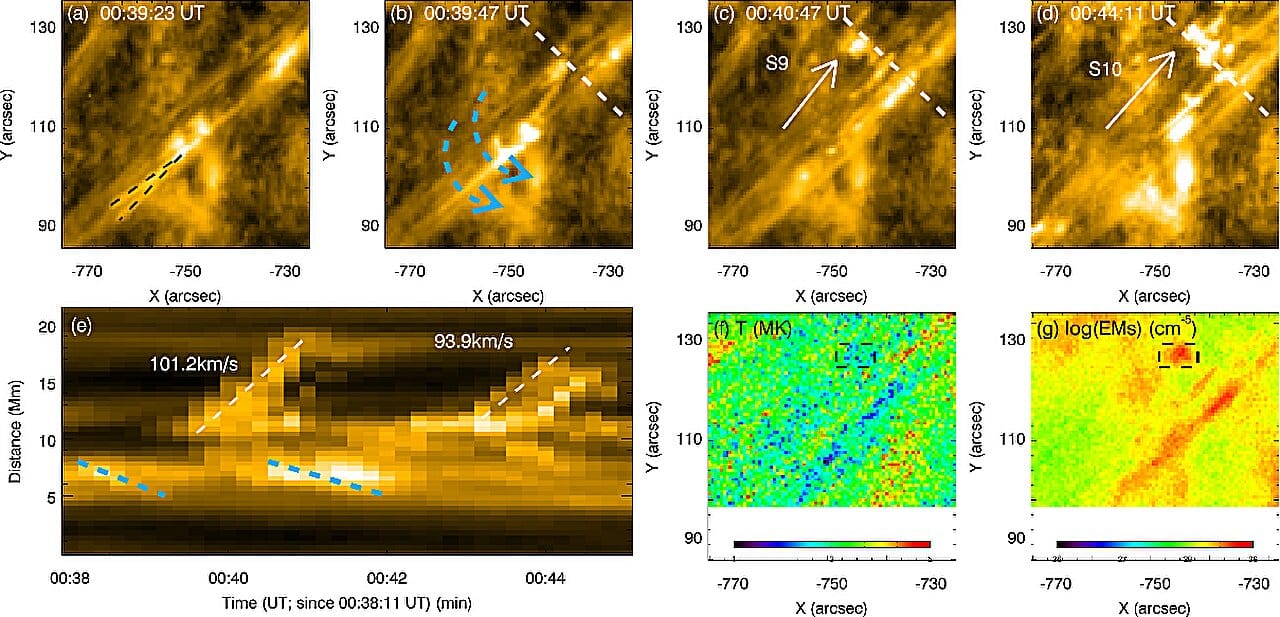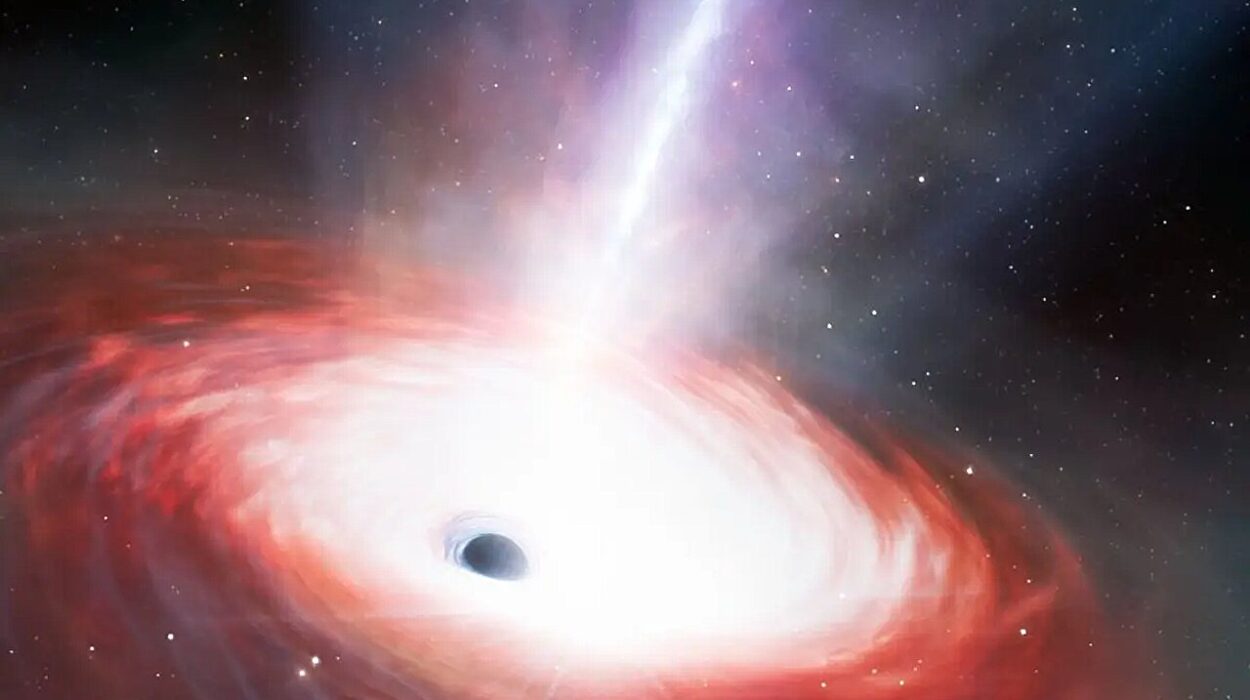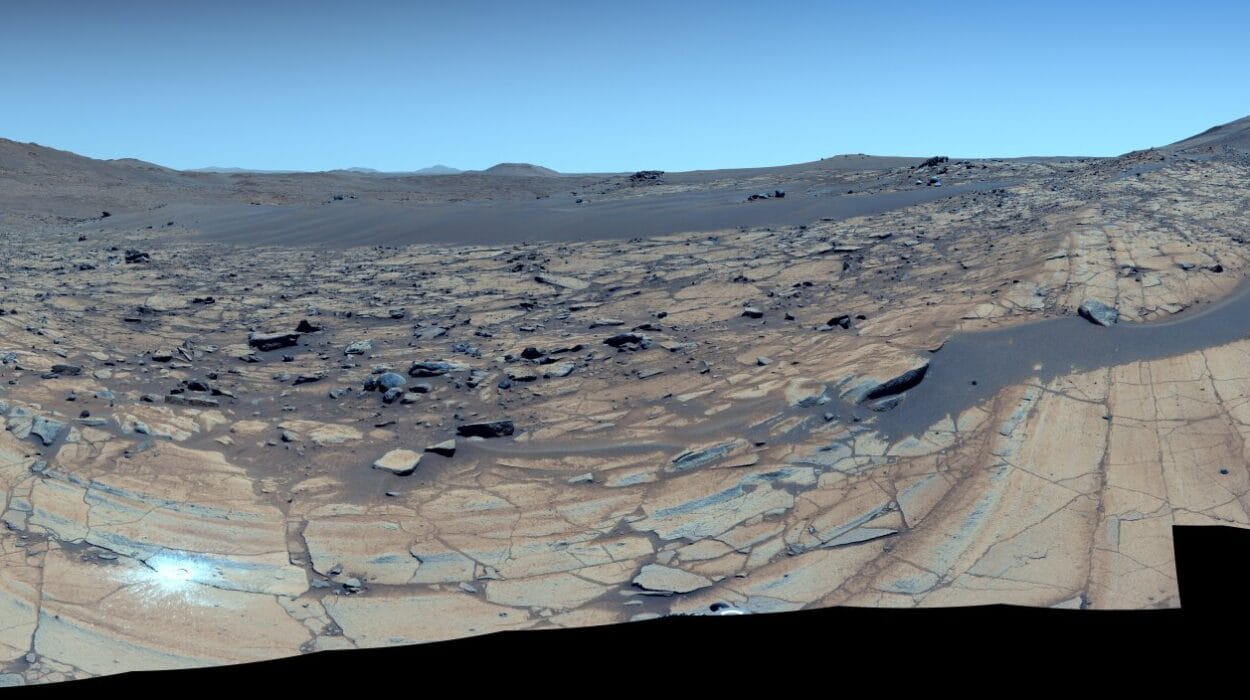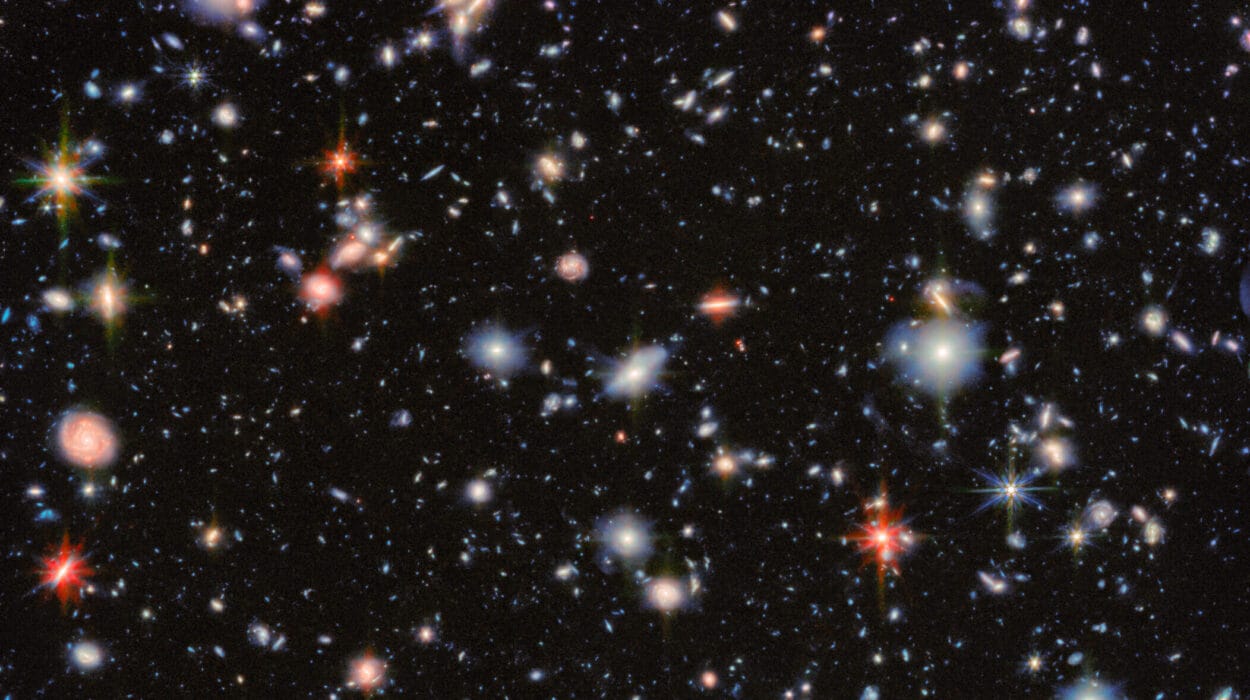Every day, we live in the light of a quiet miracle. The Sun—our star, stable and burning—hangs in the sky, spilling golden warmth and setting the rhythms of life on Earth. But far above us, beyond the tranquil blue, the Sun’s surface tells a different story. It is a realm of fire and fury, a writhing canvas of magnetic storms, arcs of blazing plasma, and complex, shifting loops of solar matter.
Scientists have long tried to decipher the patterns hidden in the chaos. In the latest chapter of this cosmic investigation, researchers from the Yunnan Observatories of the Chinese Academy of Sciences have revealed something extraordinary: a new mechanism that explains how the Sun’s mysterious “double-decker” filaments are formed—not during explosive eruptions as once believed, but before them, quietly and unexpectedly, through a subtle magnetic process known as component reconnection.
Published in The Astrophysical Journal Letters, their findings challenge conventional models of solar activity and deepen our understanding of the Sun’s magnetic architecture—an understanding that could help humanity predict and prepare for future space weather events that ripple all the way to Earth.
What Exactly Are Solar Filaments?
Filaments are among the most mesmerizing features of the Sun. They appear as dark, elongated threads suspended above the solar surface, arched and delicate like strands of ink against the blazing solar disk. But in reality, these filaments are dense, cool ropes of plasma, held aloft by tangled magnetic fields far above the Sun’s searing photosphere.
From a different viewing angle, such as the Sun’s edge, these same structures are called prominences—and they become even more dramatic. Looping high into space, they defy gravity, held up by invisible magnetic forces. Sometimes these structures remain stable for days or weeks. Other times, they become unstable and erupt, flinging vast clouds of charged particles into the solar system.
But not all eruptions are straightforward. In some cases, a filament splits into two layers—a formation known as a double-decker filament. It’s a rare and puzzling phenomenon, one that has intrigued solar physicists for over a decade.
Unraveling a Solar Riddle
Traditionally, scientists believed that this double-decker structure forms only in the moments leading up to a solar eruption. The theory was grounded in magnetic reconnection, a dramatic and sudden reconfiguration of magnetic field lines. In this model, if reconnection occurs within a filament, it could split it in two, creating a temporary double-decker shape just before eruption.
But the researchers at Yunnan Observatories, using an array of powerful observational instruments, have now shown that this is not the only way it happens.
Their breakthrough came from analyzing data gathered from NASA’s Solar Dynamics Observatory (SDO) and the Solar Terrestrial Relations Observatory (STEREO). These two spacecraft captured a solar event from different vantage points, allowing for a three-dimensional reconstruction of what unfolded.
To the team’s surprise, they observed a filament splitting more than an hour before any eruption. This was the first time such a pre-eruption split had been witnessed in this way. Crucially, the separation wasn’t accompanied by the explosive hallmarks of magnetic reconnection that would typically signal an impending eruption.
Something else was at work.
The Signature of Subtle Forces
As the scientists examined the event more closely, they noticed something remarkable: tiny vertical jets shooting out from within the filament. These jets were delicate, fleeting eruptions of plasma—so small and fine that they almost disappeared against the Sun’s blinding backdrop. But their behavior held the key to a new understanding.
The researchers recognized these microjets as bearing a striking resemblance to nanojets observed in coronal loops—solar arcs formed by the magnetic field that loops from one part of the Sun to another. Nanojets are believed to result from a specific kind of reconnection called component reconnection, which occurs when two magnetic field lines misaligned by only a small angle gradually slide past each other and subtly realign.
In this new study, scientists propose that a similar process was happening within the filament itself.
Rather than being torn apart by a violent reconnection event, the filament was gradually restructured. Inside it, multiple clusters of twisted magnetic field lines slowly realigned through component reconnection, moving toward a more parallel configuration. This subtle reorganization, repeated many times across the filament, eventually split the structure in two.
And with that, the mystery of the double-decker filament formation took on a new dimension.
Seeing the Unseen
One of the most compelling aspects of this study is that it offered direct observational evidence of the component reconnection mechanism inside a filament—a feat that had never been achieved before. Bright threads of plasma were seen shifting and realigning, while the small-angle misalignments gave rise to the vertical jets. These were not just visual coincidences. They were physical signatures of a dynamic transformation happening in real-time.
In the past, component reconnection was mostly a theoretical concept or something inferred from distant solar behavior. But now, thanks to advanced imaging and multi-angle observation, scientists had caught it in the act—reshaping magnetic structures not with explosive violence, but with persistent precision.
The implications are profound. This gentle mechanism, once thought limited to small-scale events, now appears capable of influencing large-scale structures like filaments. It reshapes our understanding of how the Sun evolves between moments of stillness and storm—and gives us new tools to anticipate the solar phenomena that can affect Earth’s magnetic field, satellites, and communications systems.
Whispers Before the Storm
Solar eruptions are among the most powerful events in the solar system. They hurl billions of tons of plasma into space, generating solar storms that can trigger auroras or, in extreme cases, disrupt power grids and GPS systems on Earth. Understanding what triggers these eruptions—and what precedes them—is crucial for building more accurate space weather forecasts.
What this study reveals is that filament splitting doesn’t always signal an imminent eruption, as previously thought. In fact, the splitting might begin long before any explosive signs appear—setting the stage for instability while still giving scientists a window to observe, predict, and prepare.
Moreover, by identifying the telltale signs of component reconnection—such as the vertical nanojets and realignment of filament threads—solar physicists might gain a new early-warning system for when a filament is transitioning toward a more dangerous, eruptive phase.
A Universe of Hidden Patterns
The Sun, in all its brilliance, still keeps secrets. Beneath the vast explosions and arching prominences lie smaller, quieter processes—threads within threads—that drive change in ways we are only beginning to understand.
What makes this study so moving is the reminder that great transformations can begin in silence. The splitting of a filament, the rise of a jet, the invisible shift in a field line—these are not just phenomena of plasma and magnetism. They are whispers from the heart of a star, telling us how even the most stable structures are shaped by tension, motion, and time.
And just as the Sun builds complexity through small interactions, so does science. Piece by piece, moment by moment, we learn.
With every new insight, we step closer to understanding the vast and volatile star that gives us life—and to unlocking the patterns that connect us to the cosmos.
Reference: Dongxu Liu et al, Deciphering the Formation and Dynamics of Double-decker Filaments through Component Magnetic Reconnection, The Astrophysical Journal Letters (2025). DOI: 10.3847/2041-8213/addfca






